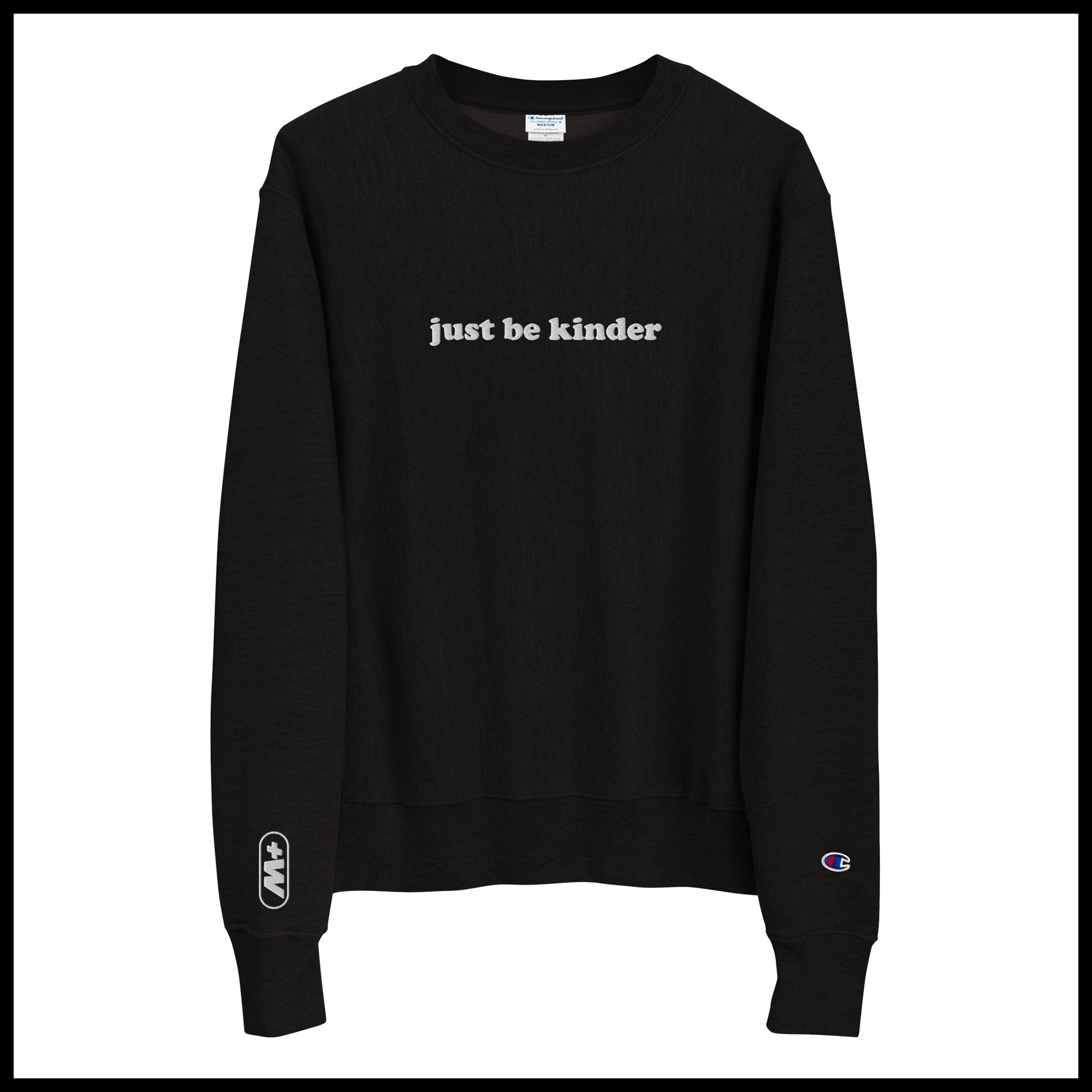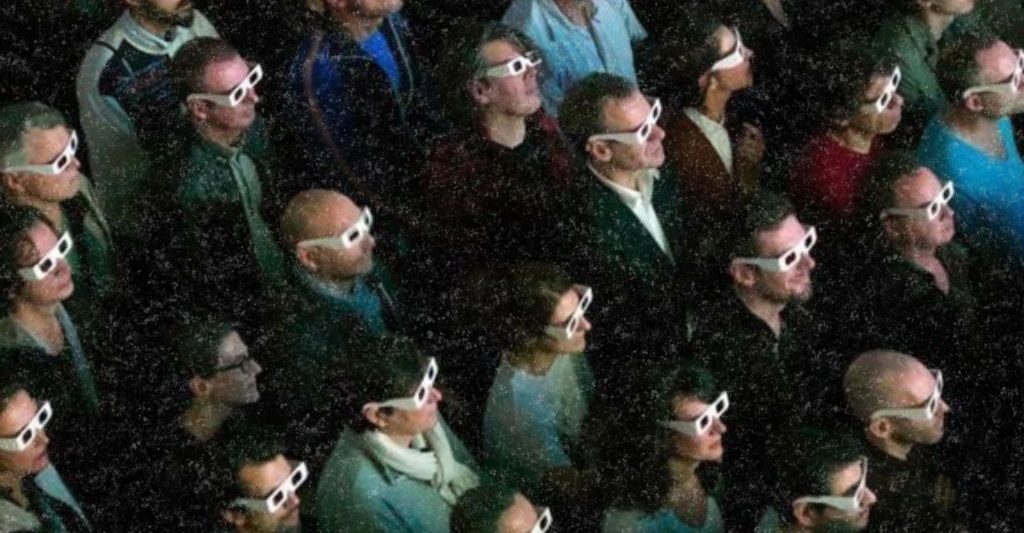
Dopamine Dressing: How Color and Style Can Boost Your Brain
What if getting dressed in the morning could do more than make you look good—what if it could literally make you feel better?
Welcome to dopamine dressing, the style trend (and legit mental health hack) that’s getting a lot of attention for the way it impacts mood, motivation, and even how we manage ADHD.
What is Dopamine Dressing?
At its core, dopamine dressing is about wearing clothes that spark joy. We’re talking bold colors, wild patterns, favorite textures—whatever gets your brain going in the right direction.
“Dopamine” is the feel-good neurotransmitter responsible for pleasure, motivation, and reward. And yes, your outfit can give it a boost. When you wear something that reflects your personality or lifts your spirits, your brain can release dopamine in response. It’s like giving yourself a little hit of happiness before you’ve even had your first coffee.
Why ADHD Brains Love This
For folks with ADHD, the brain often struggles with dopamine regulation. That’s part of why executive function, focus, and emotional regulation can feel like uphill battles. But stimulating environments, small rewards, and sensory experiences can help fill in the gaps.
Clothing becomes more than just aesthetic—it’s stimulating. Bright colors, tactile fabrics, statement pieces—these can activate the brain, create momentum, and help regulate mood. It’s fashion as functional support.
Some people with ADHD describe dopamine dressing as a ritual that makes the day easier to enter. It can offer structure, expression, and sensory grounding—all things that support an ADHD nervous system.
Mental Health Meets Personal Style
We all know the phrase dress how you want to feel—but there’s science behind that. Studies have shown that what we wear can impact our confidence, performance, and emotional state.
Here’s how dopamine dressing can work for your mental health:
- Color Psychology: Bright colors like yellow and orange can increase feelings of optimism, while blues and greens are calming and grounding.
- Embodied Expression: Clothes become a tool for self-expression, which supports emotional release and self-acceptance.
- Mood Regulation: The process of choosing an outfit based on joy, not just utility, creates a moment of mindfulness that can reset a negative loop.
Even something as simple as putting on a funky hat or your favorite hoodie can act as a “dopamine anchor”—reminding your brain that pleasure and play are allowed here.
How to Try Dopamine Dressing (No Fashion Degree Required)
This isn’t about trends—it’s about tuning in. Here’s how to get started:
- Notice What Feels Good
Which pieces in your closet make you feel more “you”? More confident? More alive? - Lean Into Color
Don’t be afraid of brights or clashing patterns. Start small with socks, accessories, or one stand-out piece. - Dress for the Inside, Not Just the Outside
You don’t need an occasion. You are the occasion. - Mix Sensory + Style
Try textures that feel soothing or energizing. That fuzzy sweater? That silky jacket? They count.
The Bottom Line
Dopamine dressing isn’t about looking “put together.” It’s about dressing in a way that supports your mental and emotional state. Especially for those with ADHD or mood challenges, it can be a low-effort, high-reward ritual that shifts the day.
So the next time you’re staring at your closet wondering what to wear, ask yourself: What would feel good today?
Because mental wellness can start with your wardrobe—and sometimes, happiness is a feel good jacket.
Want more ways to support your brain and body?
Follow +Wellvyl for weekly drops on culture, mental health, and the rituals that keep us real.
Choose a Subscription
Shop +wellvyl APPAREL











